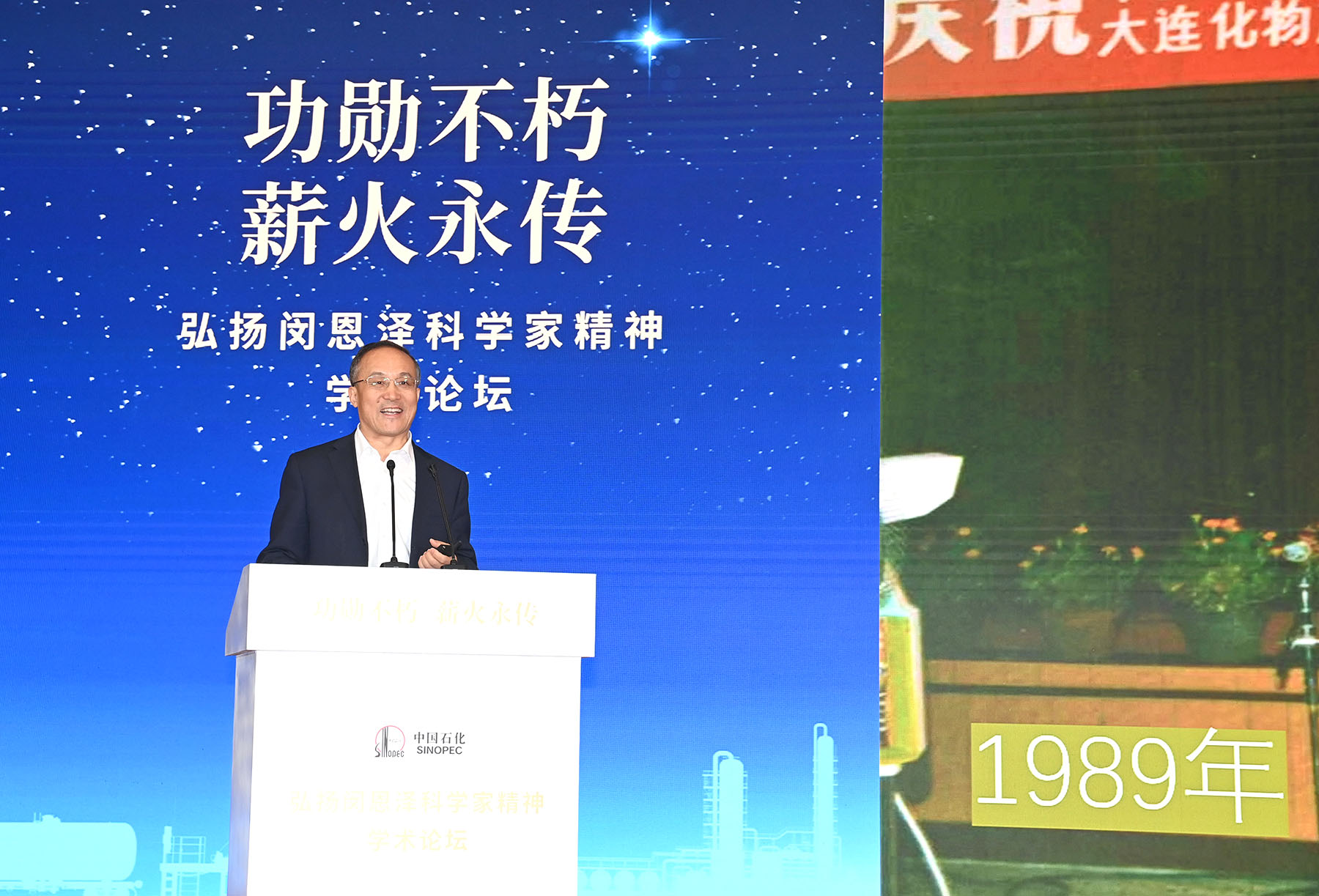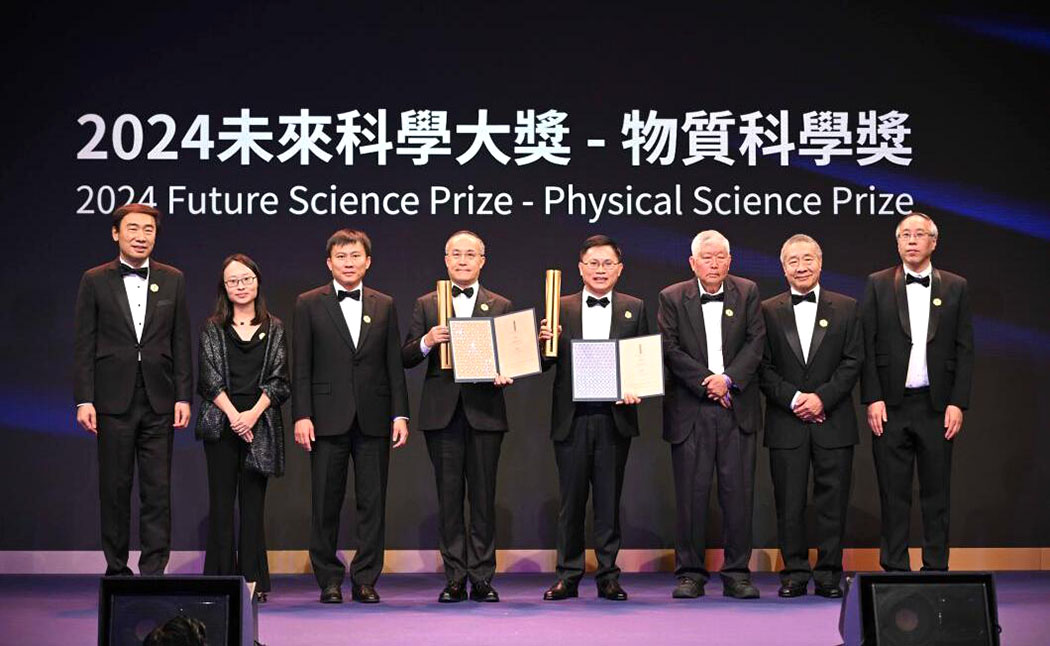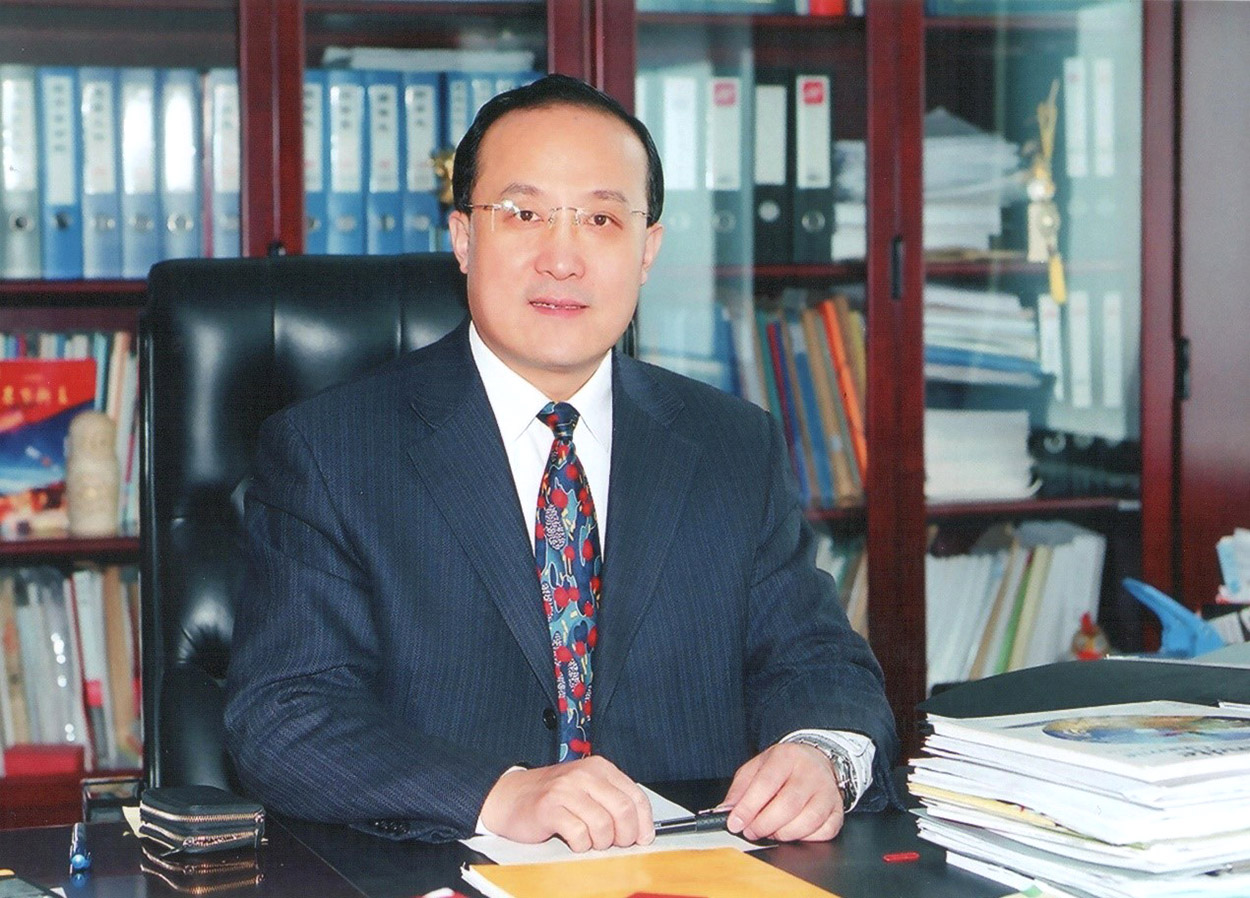Researchers developing new methods to help nation achieve carbon goals

Editor's note: China Daily is publishing a series illustrating the country's efforts to achieve its carbon peak and carbon neutrality goals
For award-winning academician of the Chinese Academy of Sciences Zhang Tao, scientific research involves two pursuits — making results available to be further developed to serve society, and making results available in academic papers for further study around the world.
Zhang, a researcher at the Dalian Institute of Chemical Physics of the CAS, specializes in the development of single-atom catalysis, the results of which when put to use at an industrial scale could bring about drastic reductions in carbon emissions.
Last year, Zhang was awarded the Physical Science Prize by the Future Science Prize, together with Li Yadong, for their groundbreaking contributions to the development and application of single-atom catalysis.
Although the term catalysis may sound unfamiliar to some, it is frequently encountered in daily life. For example, brewing alcohol is a typical catalytic process, where starch in grains is transformed into alcohol under the action of microorganisms, with the microorganisms acting as catalysts. Similarly, the process of making yogurt from milk is also a catalytic process.
"Catalysis is a core technology in the chemical industry, which can accelerate chemical reaction rates, and over 80 percent of chemical processes are related to catalytic technology," Zhang said. "Therefore, developing efficient catalysts and corresponding feasible synthetic methods is one of the most important research goals in the field of chemical engineering."
Many catalysts contain precious metals, and catalytic reactions occur on the surface of these metals.
Due to the scarcity and high cost of precious metal resources, enhancing the efficiency of precious metal atom utilization has become one of the core issues in catalyst preparation science.
"Gold is an inert metal that doesn't usually tarnish due to oxidation. In the 1980s, foreign experts discovered that when gold particle size is reduced to three to four nanometers, gold powder becomes highly active and can promote catalytic reactions, sparking a nanocatalysis trend," Zhang explained.

At that time, China had only just started its reform and opening-up.
Reflecting on his youth when he entered the realm of scientific research, Zhang recalled the enthusiasm for science sparked by writer Guo Moruo's speech "The Spring of Science" at the National Science Conference closing ceremony in 1978.
The motto "Master math, physics and chemistry, and you will be fearless wherever you go" became the rallying cry for many young people.
Under the national advocacy of "early talent development, fast talent development", Zhang, while in the first year of high school, was recommended by Ankang Middle School in Shaanxi province to take the college entrance exam early, and was admitted to the department of chemistry at a local university.
"Chemistry is the study of the mysteries of matter. After delving into it, I found synthesizing new substances quite fascinating," said Zhang, who, at the age of 15, was 20 years younger than the oldest student in his class.
Zhang dived into the world of chemistry and catalysis. Eleven years later, Zhang obtained his PhD from the Dalian Institute of Chemical Physics.
In 2011, Zhang and his collaborators reported the preparation of single-atom catalysts for the first time internationally, and based on this, they proposed the concept of "single-atom catalysis".
In these catalysts, all platinum atoms are in a single-atom dispersed state, exhibiting not only outstanding stability but also catalytic activity several times higher than traditional nanocatalysts, maximizing the utilization of precious metals.
In October last year, a research achievement in which Zhang participated moved from the laboratory to the real world. The technology involved the catalytic conversion of biological raw materials such as corn stalks into ethylene glycol, passing a 1,000-metric-ton experiment, indicating that mass production was feasible.
"This pioneering technology developed in China has bridged the gap from basic research discoveries to 1,000-ton scale applications, paving the way for the green production of ethylene glycol in the future," Zhang said.

Ethylene glycol is a crucial industrial raw material. Common items in daily life such as plastic bottles and fabrics made of synthetic fibers rely on ethylene glycol as a raw material. The global annual consumption of ethylene glycol exceeds 30 million tons, and as a major manufacturing country, China's annual consumption of ethylene glycol exceeds 20 million tons.
Zheng Mingyuan, a member of Zhang's team and a researcher at the Dalian Institute of Chemical Physics, said: "It took us over 10 years to progress from basic science to practical applications. Having completed the 1,000-ton production test, we have cleared the final obstacle for the application of this technology on a 10,000-ton scale, marking the 'last mile' of industrial application.
"Next, we can establish a 10,000-ton production line to truly turn this technology from a theoretical concept in textbooks into practical production," he said.
As early as 2008, Zhang's team pioneered a new reaction for the direct catalytic conversion of cellulose to produce ethylene glycol, providing a new pathway for the production of bio-based ethylene glycol.
The industrial production of ethylene glycol through biomass catalysis is a condensed representation of Zhang's many years of research achievements.
He Mingyuan, a professor at East China Normal University and an academician of the Chinese Academy of Sciences, said: "Ethylene glycol is primarily produced from petroleum ethylene or coal, with non-renewable raw materials, high carbon dioxide emissions and high energy consumption.
"In terms of resource utilization, biomass is the only organic carbon source that has the potential to replace fossil fuels." He emphasized that the effective utilization of biomass is a crucial issue in green and sustainable development, which scientists have been addressing since recognizing the energy value of biomass.
In September 2020, China stated its goals of reaching peak carbon dioxide emissions before 2030 and achieving carbon neutrality before 2060.
"The technology of catalytic conversion of biomass to produce ethylene glycol is of great significance for achieving China's 'dual carbon' goals and will make a significant contribution to the global ecological environment," He said.


